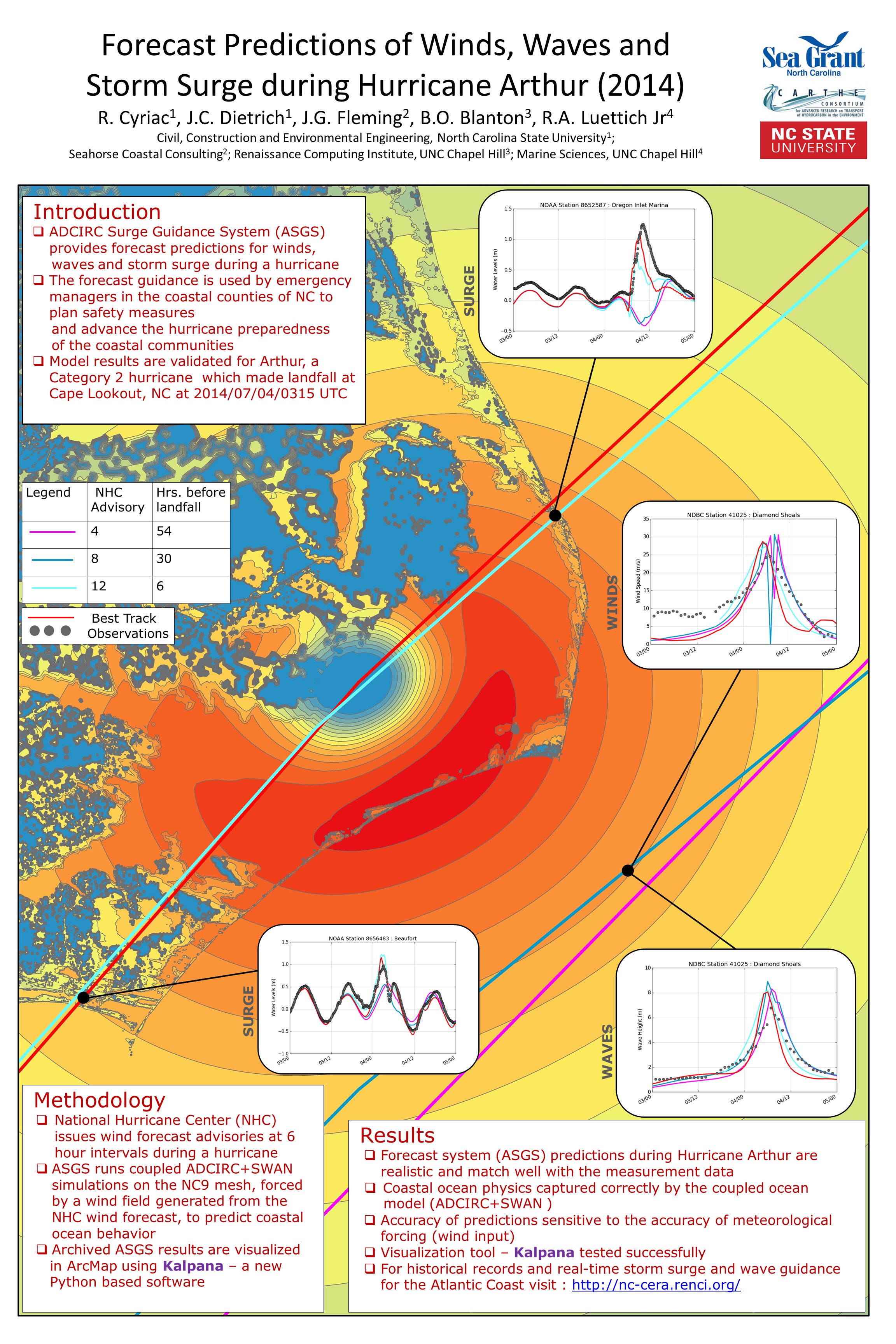This use case will develop a predictor of coastal property values in RADE, and then use that predictor to examine changes under future scenarios of climate and sea level changes. Given other geospatial data to describe a coastal property, the predictor will estimate the assessed price per square foot. Once a reliable predictor model is established, we will perturb it with scenarios of storm winds and flooding from detailed storm surge and wave simulations from the ADCIRC model (Westerink et al, 2008). RENCI has a very large database of ADCIRC simulations from recent FEMA‐funded coastal risk assessments, including the Coastal Flood Insurance Study (Blanton and Luettich, 2010) and a comprehensive Sea Level Rise Impacts Assessment (NCDEM, 2009). We will insert the relevant outputs of these NC coastal model results into the data grid for use by this use case and any other interested researchers. The output includes inundation extents from a sequence of sea level rise increments up to 1 meter, various derived quantities for wind wave impacts, and coastal flooding.
WC Lenhardt, et al. “RADE: A Risk Analytics Discovery Environment.” UNC Research Opportunities Initiative, North Carolina Data Science and Analytics Initiative, 2015/07/01 to 2017/06/30, (Dietrich: $27,270).




